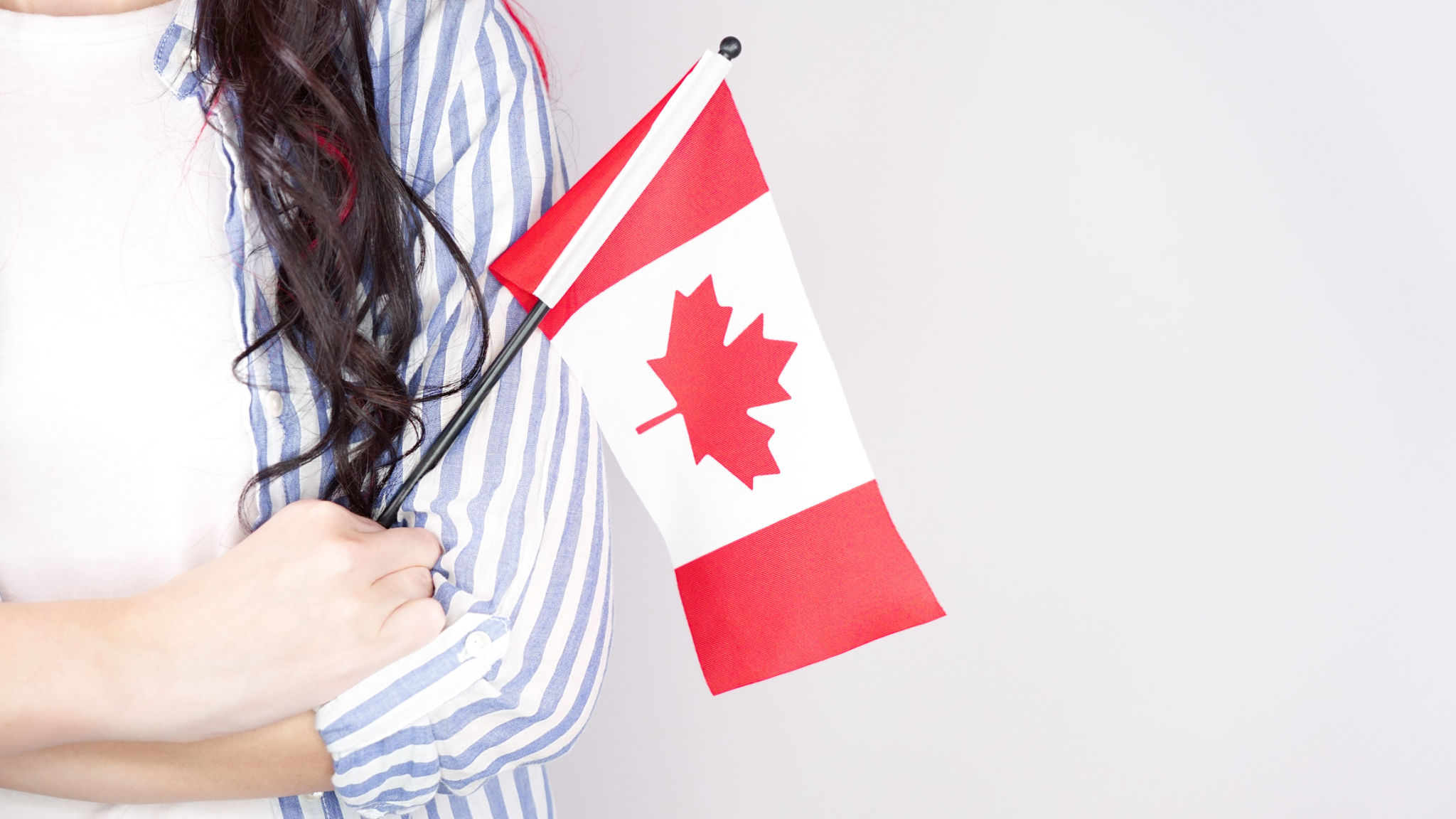Understanding Permanent Resident Status: A Comprehensive Guide for Newcomers to Canada
Canada is known for its welcoming attitude towards immigrants, and obtaining Permanent Resident (PR) status is a significant milestone for many newcomers. Understanding what it means to be a permanent resident and the steps involved in obtaining this status is crucial for anyone planning to settle in Canada.
What is Permanent Resident Status?
A Permanent Resident of Canada is someone who has been granted the right to live in the country indefinitely. PR status provides many of the same rights as Canadian citizens, such as access to healthcare and other social benefits, but with some differences, such as voting rights.
While permanent residents enjoy various privileges, they are not considered Canadian citizens. It is essential to understand the distinction between the two and the responsibilities that come with PR status.

Eligibility Criteria for Permanent Residency
There are several pathways to obtain PR status in Canada, each with its own set of eligibility criteria. Common programs include:
- Express Entry: A points-based system for skilled workers.
- Provincial Nominee Programs (PNP): Programs tailored by provinces to address specific labor market needs.
- Family Sponsorship: Allows Canadian citizens and PR holders to sponsor family members.
Each of these pathways requires fulfilling specific criteria related to work experience, education, language proficiency, and more.
The Application Process
The application process for permanent residency involves multiple steps. Initially, you must determine your eligibility through the chosen pathway. Once eligibility is established, gathering necessary documents and submitting an application is the next step.
After submission, the application undergoes review by Canadian immigration authorities. This review includes background checks and an assessment of the provided information. Successful applicants will receive a Confirmation of Permanent Residence (COPR) document.

Rights and Responsibilities of Permanent Residents
As a permanent resident, you have the right to live, work, or study anywhere in Canada. You can also access most social benefits that Canadian citizens receive. However, with these rights come certain responsibilities.
Permanent residents must carry and present their valid PR card when traveling outside Canada. They must also adhere to residency obligations, ensuring they spend at least 730 days within Canada during a five-year period to maintain their status.
Maintaining Permanent Residency
Maintaining your PR status requires adherence to residency requirements and compliance with Canadian laws. Failing to meet these requirements can result in losing PR status.
If you plan to travel frequently or live outside Canada for extended periods, it's crucial to keep track of your days spent in and out of the country to ensure you meet the residency obligation.

Transitioning from Permanent Resident to Citizen
Many permanent residents eventually choose to apply for Canadian citizenship. To be eligible, PR holders must meet specific requirements, including living in Canada for three out of the last five years, demonstrating language proficiency, and passing a citizenship test.
Becoming a citizen offers additional benefits, such as the right to vote and run for political office, further integrating into Canadian society.
Conclusion
Understanding permanent resident status is essential for newcomers planning a long-term stay in Canada. By familiarizing yourself with the eligibility criteria, application process, and responsibilities, you can effectively navigate your journey towards becoming a permanent resident and eventually a Canadian citizen.
